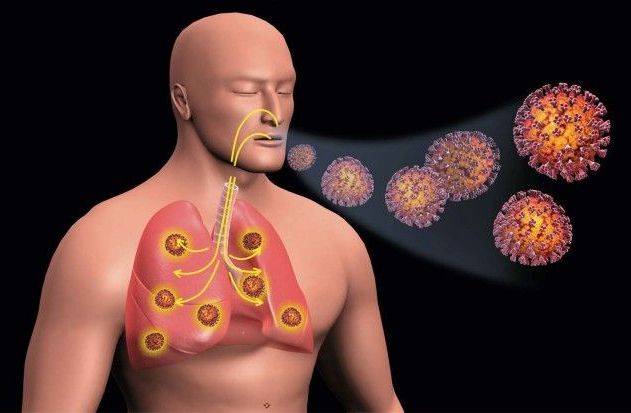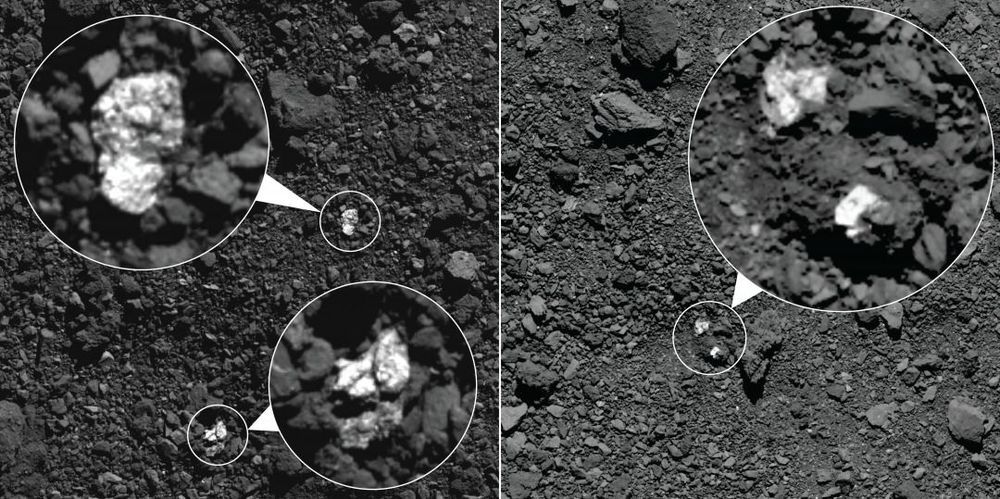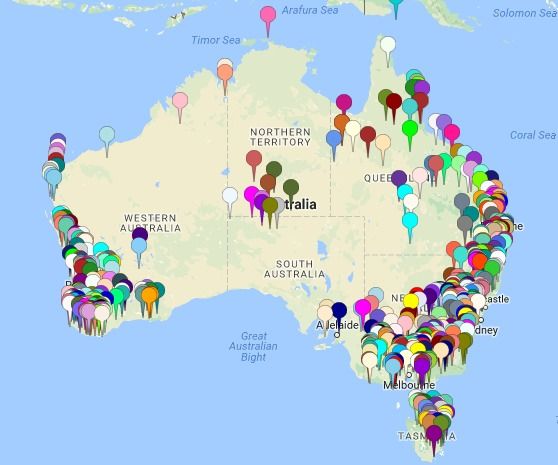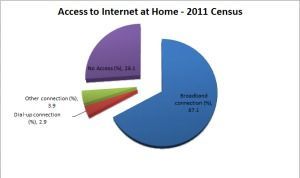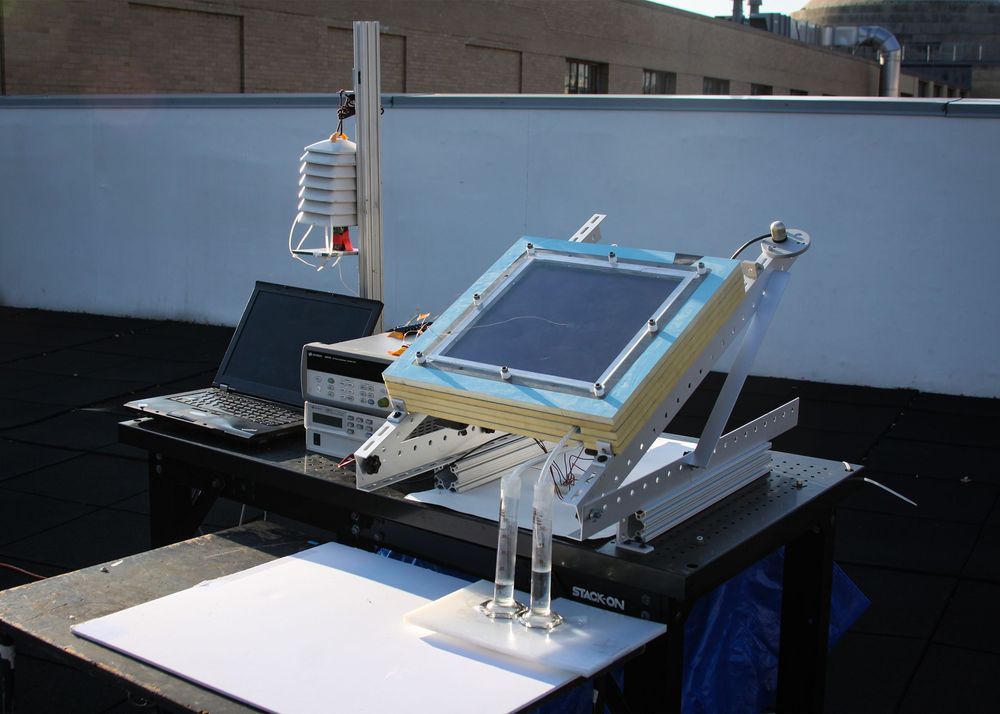In this episode, we’re tackling the question that’s on everyone’s minds: what will it take to have quantum internet in our home?
» Subscribe to Seeker! http://bit.ly/subscribeseeker
» Watch more Elements! http://bit.ly/ElementsPlaylist
» Visit our shop at http://shop.seeker.com
A quantum internet is in the works.
The U.S. Department of Energy recently rolled out a blueprint describing research goals and engineering barriers on the way to quantum internet.
The DOE’s latest blueprint for a quantum internet in the U.S. has four key milestones. The first is to make sure quantum information sent over current fiber optic cables is secure. Then to establish entangled networks across colleges or cities, then throughout states, and finally for the whole country.
But what exactly is quantum internet? There is no real clear meaning beyond “sending quantum signals back and forth,” and there are a few ways to go about doing it.
In February 2020, the Department of Energy announced they had sent two entangled photons over two separate 42 kilometer fiber optic loops and had verified they were still correlated when they returned. They hailed it as a milestone on the way to developing a national quantum internet.
